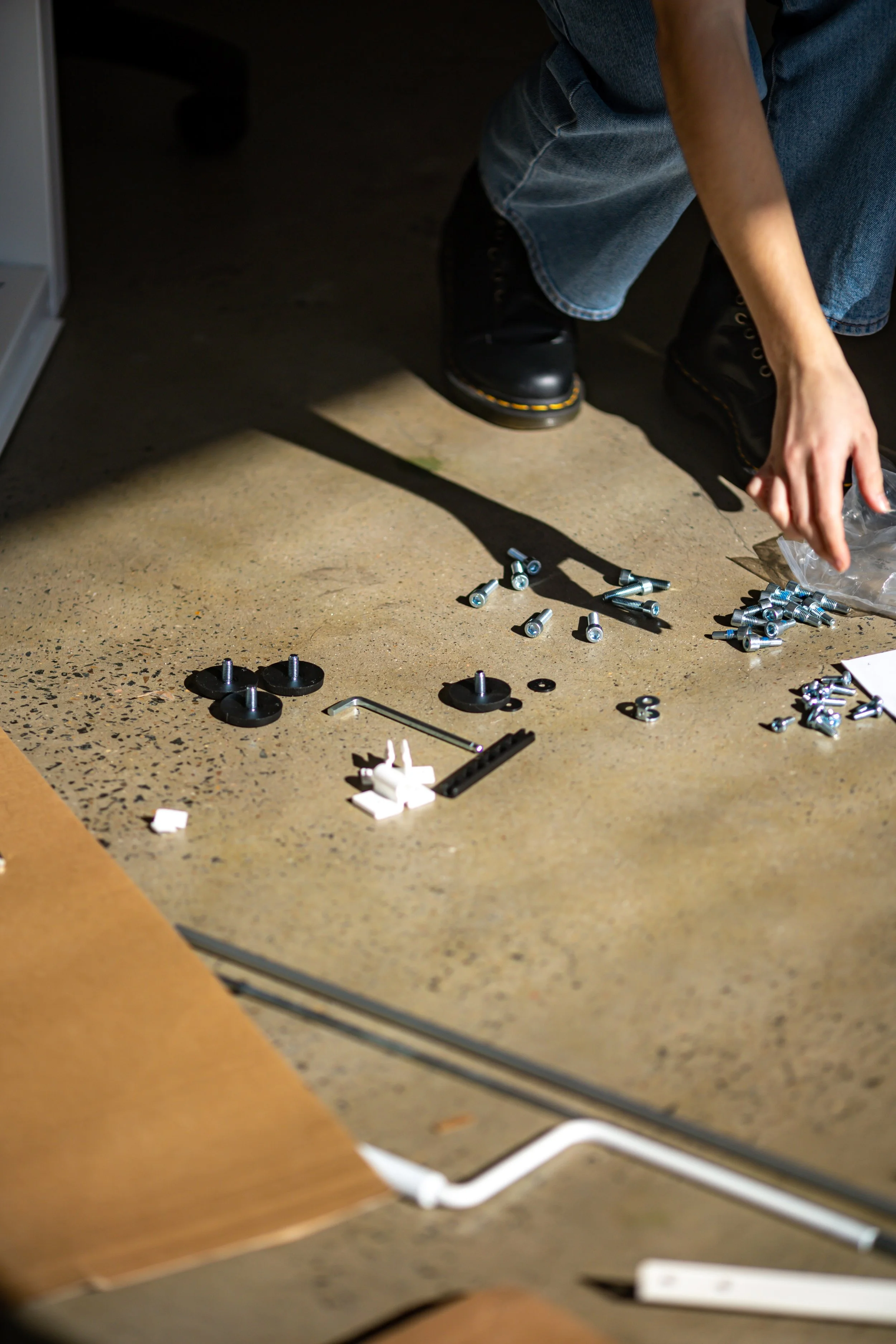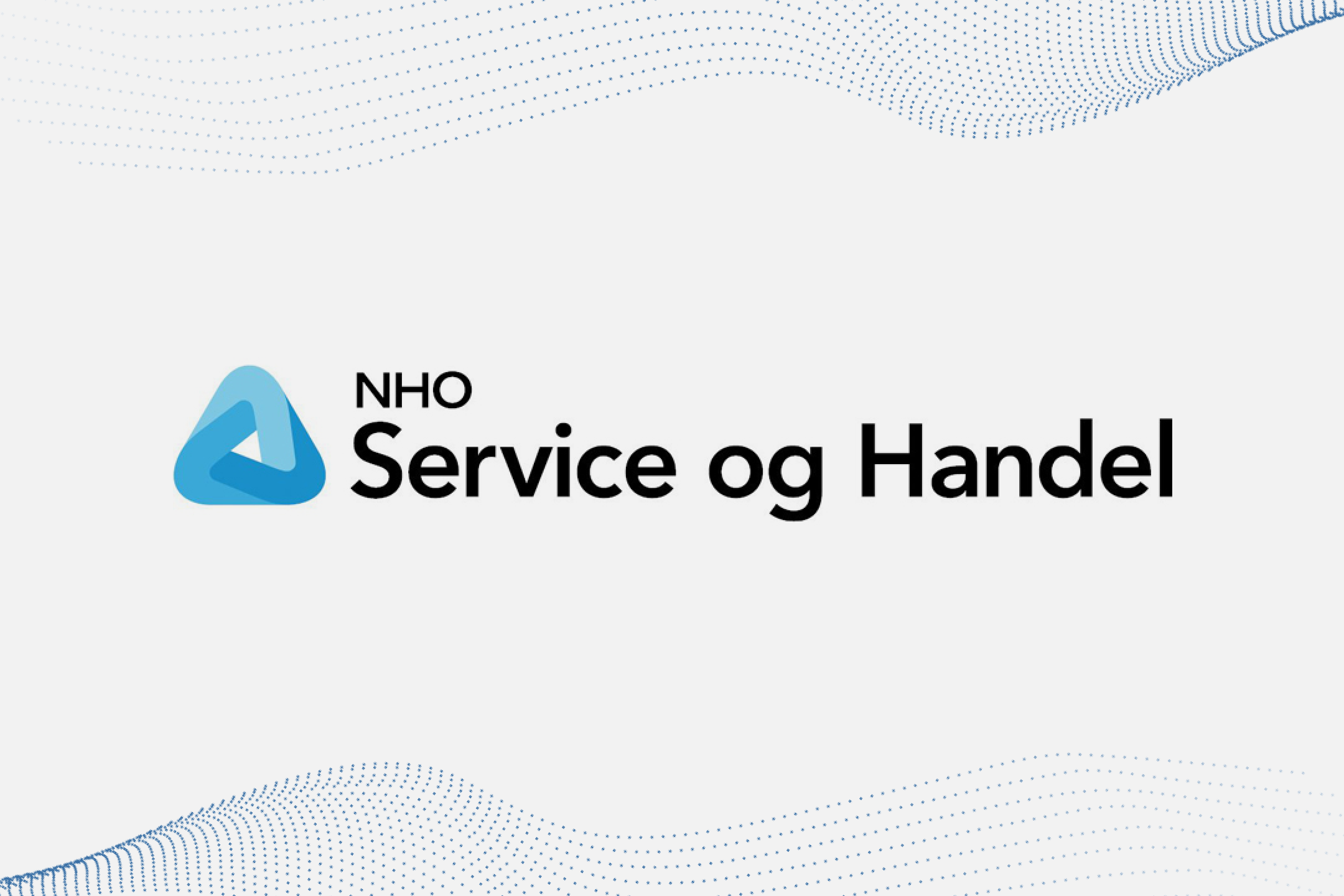Circularity giants: IKEA, Apple and H&M
In today’s competitive market environment, all businesses should have an actionable sustainability plan. Not having one is already setting a company one step behind its competitors. And more and more organisations worldwide are waking up to that. Among them, some are also taking a step further. IKEA, Apple and H&M are staples in many of our homes worldwide. These large companies are now showing us how it is possible to adopt circular values and still cut it in the business world. Let’s find out how they have done it and why that is so important.
The many faces of the circular transformation: what is the role of big companies?
Effective circular transition requires a holistic approach. While there are many actors within the circularity field, the leading roles have been typically left to strategists, lobbyists and a handful of active policy-makers. Businesses, on the other hand, have traditionally needed to be convinced about the importance and viability of circular business models. But now, some of the world’s most known corporations are finally taking a leading role in the circular transition. And they are leading by both example and action.
Although circularity in large companies is still not a given – with most businesses operating using linear market models – it can’t be denied that a circular mindset is just as viable an alternative. This is a message that, with increased education and communication, can be taken out to the world and make a real difference. Every movement needs its pioneers – communicating their successes and learning points is a great way to encourage more people and businesses to take the leap.
Circularity in large companies
Circular economy pioneers exist across all industries. Let’s have a look at three big examples and how they have made the move to become more circular and sustainable – and what are their targets, actions and motivations.
IKEA
The furniture giant IKEA is known across the world for its on-brand colour scheme and practical home solutions. Now, they are on a mission to transform into a circular business. By 2030, IKEA aims to design only 100% circular products using renewable and recycled materials. In addition, it has pledged to become a climate-positive company that sources its materials responsibly, taking into account aspects from climate footprint to human rights and the biodiversity impact of production.
IKEA’s take on circularity is positive and human-led. They want to inspire change and lead by example as much as insight. For a company as large as IKEA, circularity takes many forms and extends into all aspects of their work.
Apple
Apple has been a carbon-neutral company since 2020. By 2030, they aim to be able to say the same about their products. Apple’s take on circularity is environment-focused – concentrating on creating sustainable products and taking better care of the planet. They are using more sustainable materials, producing using renewable energy sources, and investing in carbon removal. Apple is also already known for its repair services and has launched an extensive scheme focusing on selling refurbished devices. Not to forget their Daisy iPhone recycling robot that can pull apart 200 iPhones per hour (1.2 million per year!) and separate e-waste for recycling. All in the name of doing their bit in the fight against climate change.
H&M
H&M has boldly stated that its mission is to change fashion. If you’ve popped into one of their stores recently, you might have noticed that all items now state how much of the used materials were recycled. H&M has positioned itself as an industry leader for sustainable fashion – driving change by example. In 2020, the company collected over 18 800 tonnes of unwanted clothes and textiles as a part of their Garment Collecting recycling initiative. That is what practical change looks like! They also, for example, produce garments from recycled plastic bottles, have committed to a fair and sustainable production process, and even reward their customers for making sustainable choices through their loyalty programme.
What can we learn from these companies?
Circularity is the future. From these companies, we can learn that circularity can have many faces. It also permeates all aspects of the businesses, from their back offices to the production chain and end-user interactions. Together, small changes lead to big differences. These three big ones are great examples of circularity and show the way to many other companies contemplating how they can make a difference – but they are not by any means the only ones making the transition. Other examples to keep an eye on include: Patagonia, North Face and Adidas in the clothing industry, Burger King with its reusable packaging, and Neste Oyj from Finland, which, despite being a fuel chain, has steadily featured on the World’s Most Sustainable Business lists for years.
If you’d like to keep up to date about circularity news and knowledge in the Nordics, follow Nordic Circular Hotspot on LinkedIn and Instagram.












